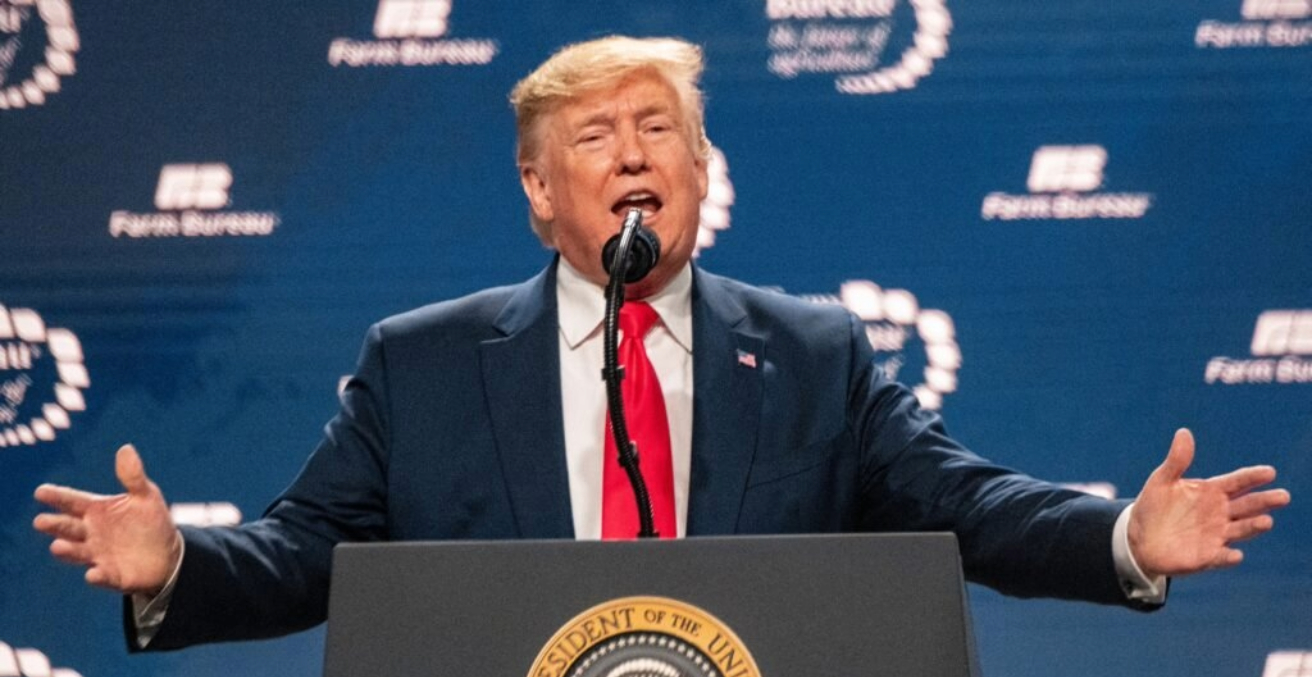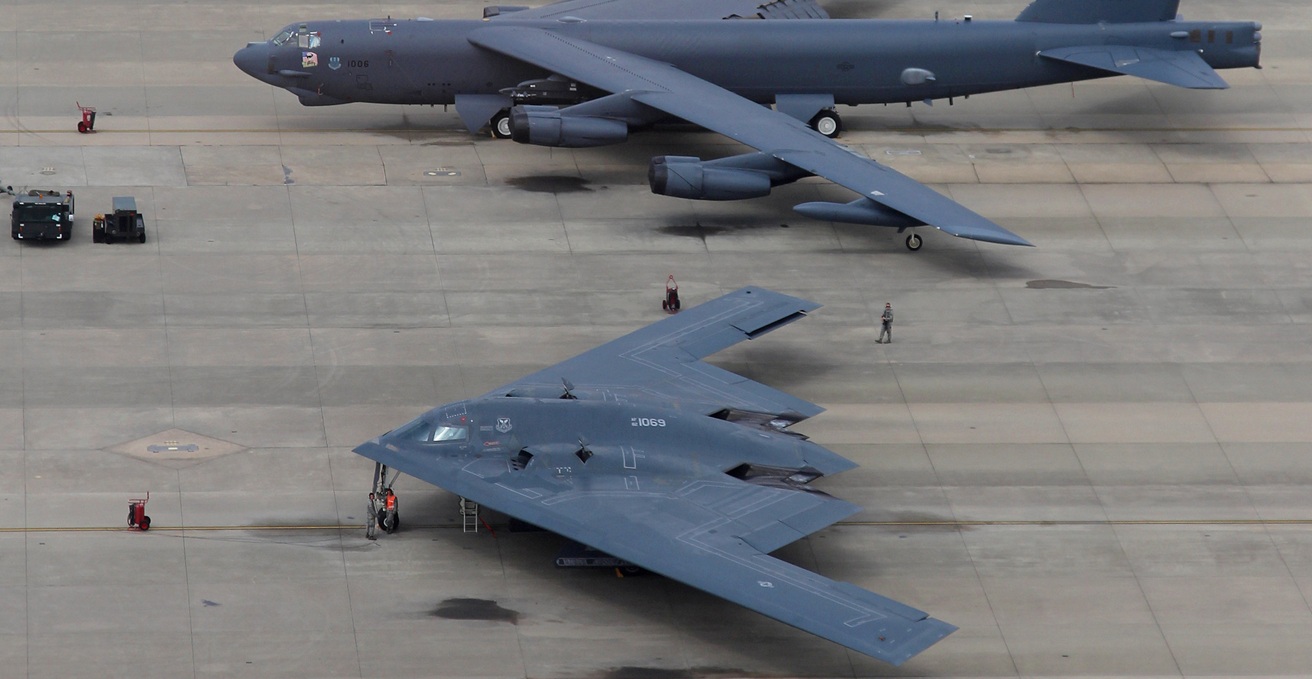Oil producers will sell their oil to whomever they can, like all commodities on the market. In north-eastern Syria, be it under the control of an authoritarian regime or Islamic state, oil is neutral and flows regardless.
Robert Vitalis, in his book Oilcraft, describes the persistent myths of oil scarcity and market volatility as akin to witchcraft: it doesn’t exist, but belief in it still persists. Rather, he argues, it is the market, not military might, that guarantees access to oil.
Syria has a modest oil sector concentrated in the northeast, with oil revenues accounting for between five and seven percent of GDP prior to the civil war. After liberalisation of the Syrian economy in the 2000s, the Houston, USA-based company Gulfsands Petroleum was awarded an interest in Block 26 in Syria’s northeast. After their middleman in the deal, prominent businessman Rami Maklouf, was sanctioned in 2008, Gulfsands moved its headquarters to London before EU sanctions on Syrian oil kicked in. Consequently, all Gulfsands operations ceased on December 1, 2011 and the revenues from the 20,000 barrels per day (BPD) extracted from Block 26 went to Gulfsands’ partner, the state-owned General Petroleum Company (GPC).
On 29 June 2014, the Islamic State of Iraq and Syria (ISIS) established its caliphate across much of northeast Syria and western Iraq. Some 80 percent of the 56,000 barrels extracted a day by ISIS came from Syria, primarily from the Deir ez-Zor province in the Omar oil field. Generally speaking, ISIS only pumped the oil from the wellheads and did not control the distribution network for oil in its territory which was run by smugglers, middlemen, and truckers.
Like a regular market for goods, the traders could sell the oil to refineries, the local market, or other traders, with the oil making its way to the Kurdistan Region of Iraq (KRI), Turkey, the populations under the control of ISIS, and the Syrian government, including directly to the Assad regime. In 2015 the US Treasury Department sanctioned George Haswani, a Syrian businessman who allegedly acted as a middleman for sales between ISIS and the Syrian government.
Operation Inherent Resolve, the US-led coalition to defeat ISIS, also targeted the oil infrastructure under ISIS control. Between January 2016 and January 2018, ISIS lost approximately 90 percent of its oil revenues. The coalition hit gas and oil separation plants, oil well heads, pump jacks, tanker trucks, and related production, construction, and repair equipment. Russia also attacked tanker columns that contained ISIS oil but avoided strikes on the wells themselves.
By the end of 2017, all areas of Syria east of the Euphrates River had been brought under the control of the Syrian Defence Forces (SDF), a Kurdish-led alliance of militias, with the help of the US coalition in the fight against ISIS. The government of the region, the Kurdish-led Autonomous Administration of North East Syria (AANES), quickly took control of the oil, which provided 60 percent of its revenues.
In a new twist in March 2019, after receiving a sanctions waiver by the US, Delta Crescent signed a deal with the AANES for the exclusive rights to develop and market oil produced in Hasakah province for 25 years. Delta Crescent Energy LLC was only established in February 2019, and its CEO John Dorrier is the former chief executive of Gulfsands. Dorrier and James Cain, another member of the board, repeatedly donated to the political campaigns of Congressman Lindsey Graham and former President Donald Trump, raising concerns of favouritism with the deal.
This occurred in the context of an energy agreement signed by Russia and Syria in January 2018, giving Russia exclusive rights to rebuild the Syrian oil and gas sector. Oil exploration contracts in the northeast started being sold to Russian companies signalling an intent to take control of the assets. In turn, the US Department of Defense was skeptical of the viability of the Delta Crescent deal over 25 years, as the AANES and the SDF rely on US training and support to keep ISIS, the Syrian regime, Russia, and Turkey at bay, and the US would not be there forever.
In 2019, President Trump made it clear that “We’re out. But we are leaving soldiers to secure the oil. And we may have to fight for the oil.” In the same month, it was announced that US troops would be deployed to Deir ez-Zor province to help the SDF retain control of oil fields there and keep the resource out of the hands of ISIS.
In February 2021, the new US administration’s Pentagon press secretary, John Kirby, stated that US military personnel and contractors “are not authorized to provide assistance to any other private company, including its employees or agents, seeking to develop oil resources in Syria.” However, the 900 US soldiers currently stationed in north-eastern Syria primarily conduct joint patrols with the SDF Critical Petroleum Infrastructure Guard (CPIG) force. The US is explicitly “helping the SDF protect oil infrastructure from ISIS.”
Quo Vid?
Separately, the combined impact of EU sanctions and the US Congress Caesar Civilian Protection Act, which imposed crippling sanctions on Syria in June 2020, has been severe, depreciating the Syrian Lira by more than 80 percent. Under the Caesar Act, oil transactions with the Syrian government are banned. However, most of the oil from the northeast, secured by the SDF and protected by US troops, is in fact sold to the government in Damascus.
In the meantime, conflict in Syria today revolves around control of economic routes. There are shortages of bread and fuel queues in regime-controlled areas. Moves to stop fuel shipments to Damascus from Iran, including attacks on 12 Iranian oil tankers, believed by Israel, have had an impact too. Every attack on an Iranian tanker forces the Assad regime to purchase more oil from the AANES. The most recent case of this was after the Suez Canal blockage by the Ever Given, when the Assad government increased its purchase of AANES oil.
Russia and the Assad regime have pressured the AANES to provide more fuel by withholding essential supplies like food, medicine, and building materials. In April 2021, a deal was reached, and the AANES sent 200 oil trucks to the Assad regime’s refinery in Homs. Ironically, the company that owns the oil trucks, the Qatirji Company, is under US sanctions, and its CEO is sanctioned by the UK.
On its part, after its critical lead role in defeating ISIS, the US has yet to reimagine its own interests in Syria. The UAE and Russia both called for the lifting of US sanctions on Syria in April 2021 to allow Syrian reconstruction. Saudi Arabia may reopen its embassy in Damascus and is in direct talks with Iran on Syria, Yemen, and Lebanon. Could a regional bargain on Syria be yet entertained and what will be the US role?
Surely, it’s time for a new look at the utility of sanctions and related US “oil” policy in this environment. Consider that for the decade before the 2011 Syrian Civil war, the oil sector only represented between five to seven percent of GDP. Today, it’s a sign of Syria’s economic decline that the same sector has become central in the battlefield strategies of all stakeholders – the country simply has nothing else left. However, as we have seen, whether under an authoritarian regime, an Islamic state, or a newly autonomous administration, the oil resources in northeast Syria have made it to market. Unlike Syria’s future, the fate of Syria’s oil is certain. It will continue to be extracted, whoever is in charge.
Dr Peter Bartu is a Lecturer in Global Studies at UC Berkeley. Peter’s research focuses on war economies in the Levant.
Maurice Ruttimann is a student researcher on war economies in the Levant at UC Berkeley.
This article is published under a Creative Commons Licence and may be republished with attribution.




